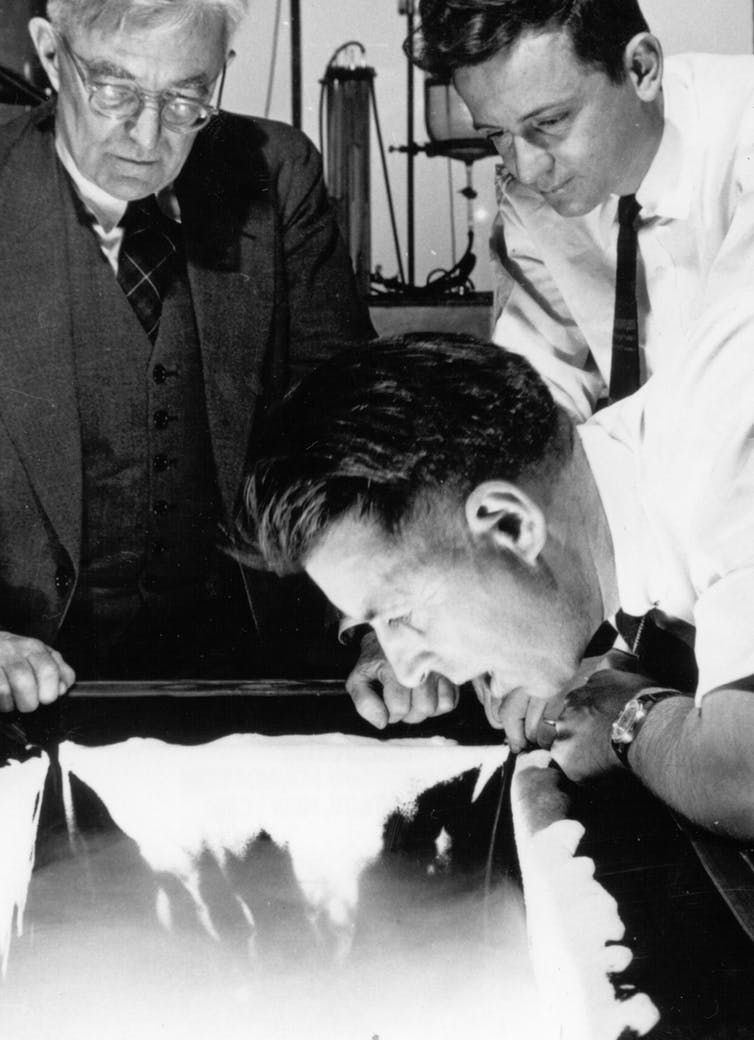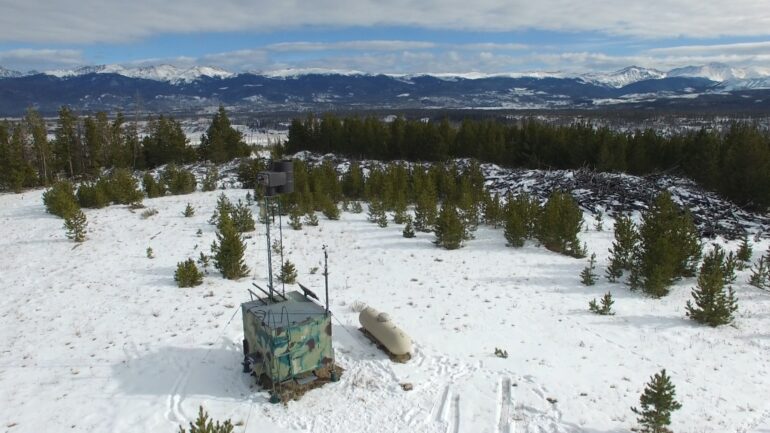On mountain peaks scattered across Colorado, machines are set up to fire chemicals into the clouds in attempts to generate snow. The process is called cloud seeding, and as global temperatures rise, more countries and drought-troubled states are using it in sometimes desperate efforts to modify the weather.
But cloud seeding isn’t as simple as it sounds, and it might not be as promising as people wish.
As an atmospheric scientist, I have studied and written about weather modification for 50 years. Cloud seeding experiments that produce snow or rain require the right kind of clouds with enough moisture, and the right temperature and wind conditions. The percentage increases in precipitation are small, and it’s difficult to tell when snow or rain fell naturally and when it was triggered by seeding.
How modern cloud seeding began
The modern age of weather modification began in the 1940s in Schenectady, New York.
Vince Schaefer, a scientist working for General Electric, discovered that adding small pellets of dry ice to a freezer containing “supercooled” water droplets triggered a proliferation of ice crystals.
Other scientists had theorized that the right mix of supercooled water drops and ice crystals could cause precipitation. Snow forms when ice crystals in clouds stick together. If ice-forming particles could be added to clouds, the scientists reasoned, moisture that would otherwise evaporate might have a greater chance of falling. Schaefer proved it could work.
On Nov. 13, 1946, Schaefer dropped crushed dry ice from a plane into supercooled stratus clouds. “I looked toward the rear and was thrilled to see long streamers of snow falling from the base of the cloud through which we had just passed,” he wrote in his journal. A few days later, he wrote that trying the same technique appeared to have improved visibility in fog.

Vincent Schaefer, in foreground, examines snow created in a modified GE freezer in 1947, with Irving Langmuir, at left, and Bernard Vonnegut.
General Electric Company/Museum of Science and Innovation
A colleague at GE, Bernie Vonnegut, searched through chemical tables for materials with a crystallographic structure similar to ice and discovered that a smoke of silver iodide particles could have the same effect at temperatures below -20 C (-4 F) as dry ice.
Their research led to Project Cirrus, a joint civilian-military program that explored seeding a variety of clouds, including supercooled stratus clouds, cumulus clouds and even hurricanes. Within a few years, communities and companies that rely on water were spending US$3 million to $5 million a year on cloud-seeding projects, particularly in the drought-troubled western U.S., according to congressional testimony in the early 1950s.
But does cloud seeding actually work?
The results of about 70 years of research into the effectiveness of cloud seeding are mixed.
Most scientific studies aimed at…



